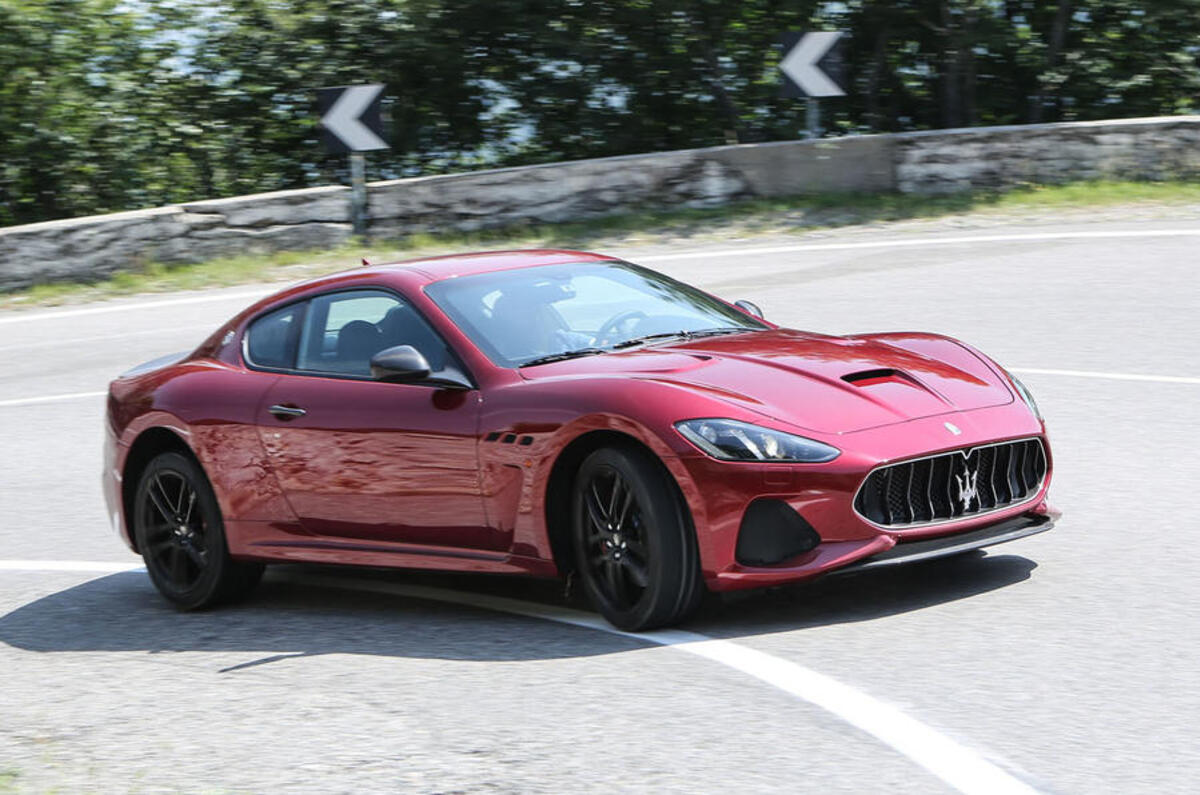If it feels like we’ve been talking about Maserati’s big rebirth for over a decade, it’s because we have.
Back in 2007 the Italian car maker confirmed its first trading profit since coming under partial Fiat ownership in 1990. Execs at the time claimed the brand would leave its troubled history behind, establishing itself as a true challenger for the Germans.
Global sales took a massive leap from less than 7,500 units to over 50,000 units by 2017, bolstered by the arrival of the GranTurismo range, and later the Maserati Ghibli, second-generation Maserati Quattroporte and (in 2016) the Maserati Levante. But 2018 was a particularly difficult year, with the SUV’s appeal already fast waning in the face of newer (and frankly better) rivals.
The time for another ‘reinvention’ seems to be nigh, but the brand has one big advantage now - its parent company, FCA, no longer owns and controls Ferrari.
There was traditionally a conflict between the two high-end Italian firms, with many suggesting Maserati’s sporting models were effectively held back in terms of performance and chassis development so as not to make the cars coming out of Maranello look like inferior value.
The days of worrying about treading on Ferraris toes are over, however. Maserati engineers can push the boundaries of what they are capable of without fear of repercussions from those higher up the food chain. That should be good news for the Alfieri, if it ever arrives…
Read more
Maserati eyes return to peak fitness




Join the debate
Add your comment
I'll tell you something, I
When it was announced a
When it was announced a decade or so ago, I hated the plan to make Maserati a mass-market car. Maseratis should be rare – not a marque to sell 50,000 per year. They should be special, like they were in the ’60 and ‘70s, and pre-current lineup. IMO, the 3200 and 4200 GTs, the current (if now old) Grand Turismo and the previous generation Quattroporte are good examples of what Maseratis should be. The current Quattroporte is just not quite special enough IMO. The current Ghibli, while good-looking, is clearly not special enough to wear the name of one of the most beautiful GTs ever made – it looks and feels like the “cheapened” down-market Maserati that it is. Masers shouldn’t be competing with the E-class and 5-series. They should be expensive, high-end sporting GTs – special like a Ferrari, but more GT than hard-core sports car. The Quattroporte should be stunning. If they must do an SUV, it should be much more special than the Levante. I hope this marks a turning point – a return to Maserati being a truly special car.
FM8, the last thing IMO we need is even more sharing of platforms. The Jaguar and the Alfa have their own characters, and each is so much better and more interesting as a result.
I understand what you are
IMO, it cannot be done well
IMO, it cannot be done well enough. The compromises are huge, and the distinctiveness suffers badly. I have no interest in a Bentley that is also a Porsche and also an Audi and also a Lamborghini. For example, the last Bentley Continental GT was massively compromised, nice though it was, by sharing its platform with the VW Phaeton. Would Bentley have chosen to hang its engine way out in front on a fundamentally front-drive platform? Of course not. The new one is still a compromise -- Bentley has publicly stated that they were "able to" get Porsche to change things that Bentley wanted with the new shared platform. That tells me that Bentley got some stuff Porsche didn't want, and I'm sure Porsche got some things Bentley didn't want. Result: The new Panamera isn't exactly what Porsche would've built on its own, nor is the new Conti quite what Bentley would've built on its own, even if it's closer to that than the last one was. Is an A3 really that different from a Golf? Not enough. This sharing is more excusable, perhaps, at lower price levels, but a Maserati should be a Maserati. A Bentley shouldn't also be a Porsche/Audi/Lamborghini, a Lamborghini shouldn't be an Audi/Bentley/Porsche, etc. And an Alfa Romeo shouldn't be a Jaguar, nor should a Jaguar be an Alfa.
Lawrence, what are you on
Lawrence, what are you on about ?!! The second generation Quattroporte came out in 1974 ! I think you mean the 6th generation Quattroporte.
@ typos1, that's being a
@ typos1, that's being a little pedantic, we all know what he meant.
I've always thought Jaguar would be a good partner for Maserati & Alfa Romeo, all three have a similar heritage of racing and making sports saloons and cars. All three have a similar model line up, all three struggle with volume... and just think how good the XE would be sitting on a Giulia platform.